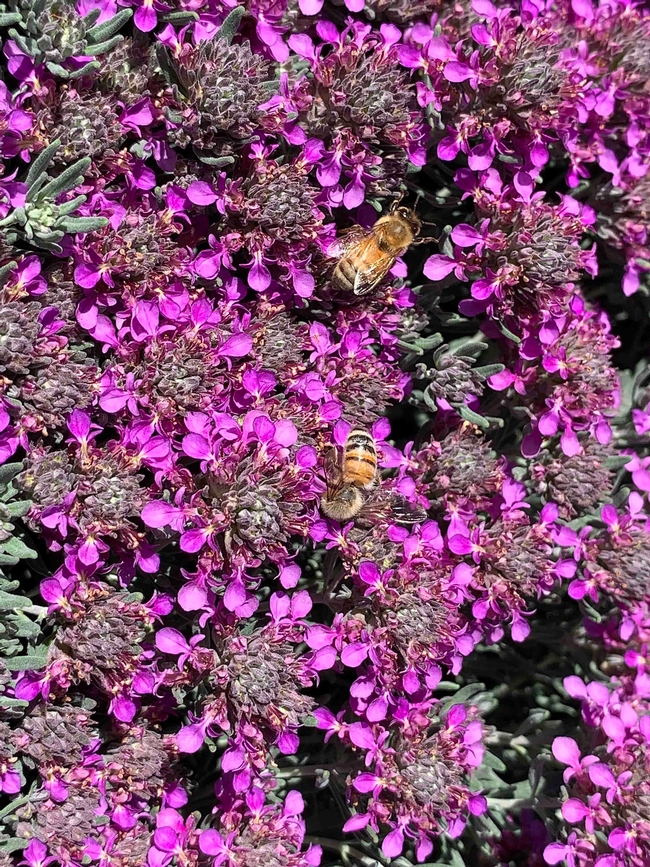The on-going drought is leading many gardeners in our area to include drought-tolerant plants in their gardens, or even design wholly drought-tolerant landscapes. Here are some tips for selecting, planting and caring for plants that prefer dry conditions.
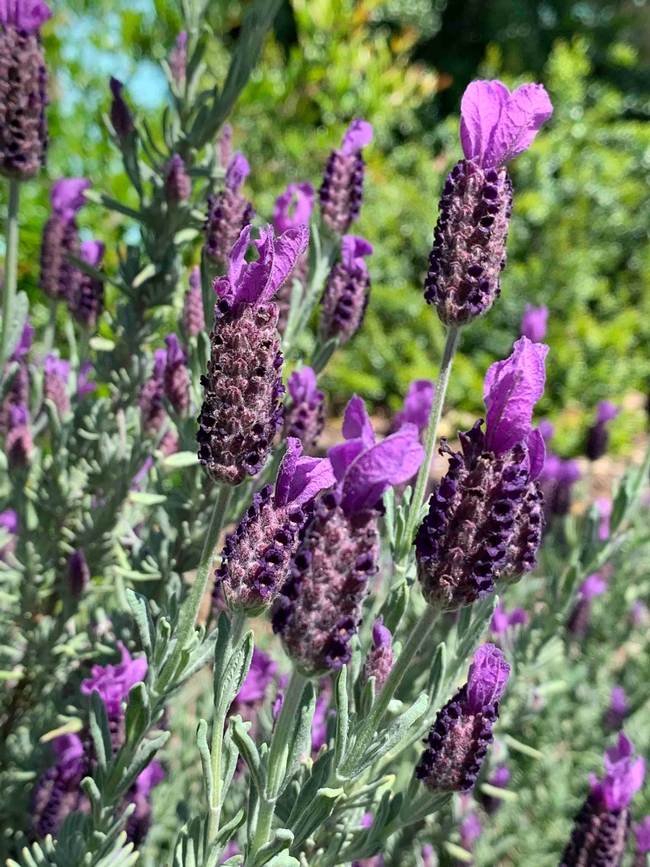
If you have a drip system installed, you can offset the emitters to keep the crown dry or deliver water directly to the roots of the plant by locating a piece of plastic watering pipe (any dimension you have around) from ground level to the bottom of the root ball. Slide an emitter inside that pipe, and voila! You will be safely watering your plant and avoiding crown rot. If you already have a dry garden set up with emitters, make sure those drippers are not getting the stems of your plants wet.
If you are planning to put in a dry garden, summer is not the best time to do it. The optimum time to plant a dry garden is between November, when the first rains begin to fall, and February. Planting during that period gives plants a chance to establish roots before the summer heat arrives, and before the soil begins to dry out.
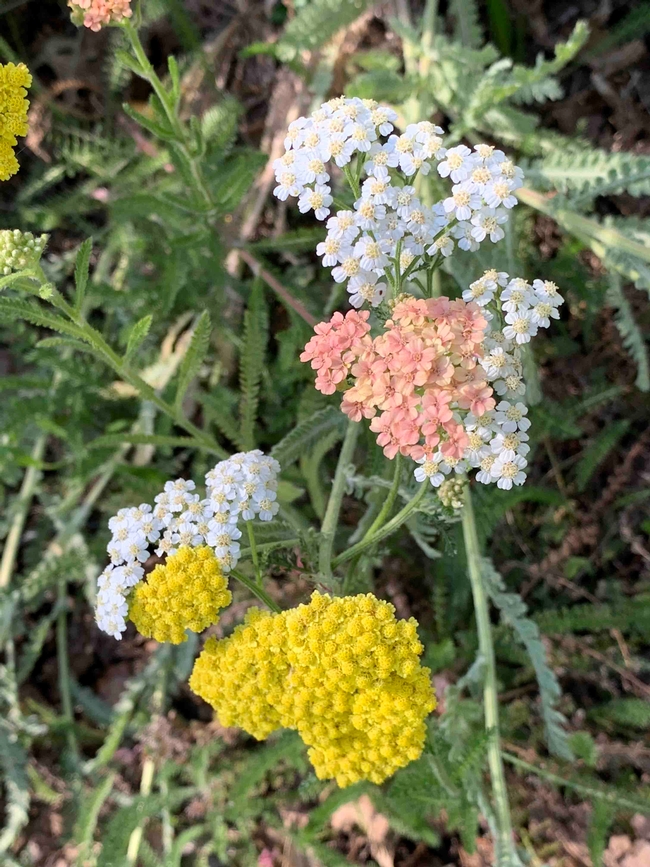
When putting in new plants, one method to ensure that the stem and crown remain dry is to “plant” a plastic nursery pot (like the one the plant came in) next to the plant – about ten inches away from the stem – leaving one to two inches of the pot above the soil line, so the bottom of the pot is in line with the lower part of the plant's root ball. Keep this pot empty, and when you water, water inside the pot instead of at the base of the plant. Water will seep through the holes in the pot and water the roots of the plant. After the first winter, the roots will have developed and the plant will be able to survive with less (or no) water, at which point you can pull up the pot and fill in the hole.
Once in place, water plants weekly for the first year; after that they can grow with just an occasional watering. Some will thrive with no water at all, except that which Mother Nature provides.
Consider some of the following plants for your dry garden, and keep in mind that many California native plants are drought-tolerant.
Shrubby plants for placement in full sun include lavender; Jerusalem sage (Phlomis fruiticosa); Euphorbia; cotton lavender (Santolina chamaecyparissus syn. S. incana); scutellaria; kniphofia, which is also known as red hot poker or torch lily; bottlebush (Callistemon spp.); germander (Teucrium); rock rose (Cistaceae); yarrow; coneflower (Echinacea); dianthus; artemesia;wallflower (Erysimum); spirea; lilac (Syringa vulgaris); ceanothus; flannel bush; mint bush (Prostanthera rotundifolia); flowering quince; and bear grass (Nolina). In addition, almost all of the butterfly bushes (Buddleja spp.) will grow water-free or with little water, and many (but not all) salvias are drought-tolerant – check with your local nursery.
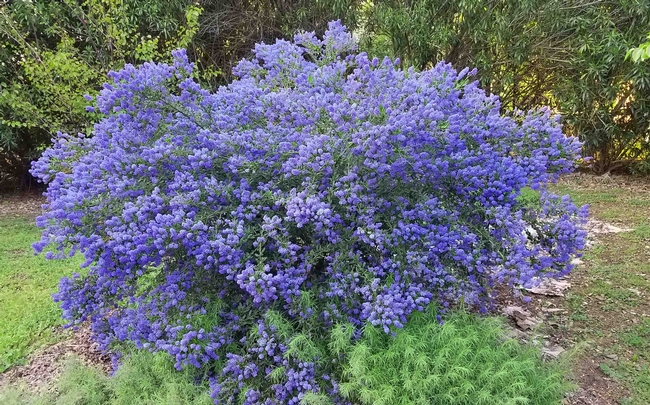
Shrubs well-suited to shady locations include daphne (Daphne odora) which resents a wet crown, and Oregon grape (Mahonia aquifolium).
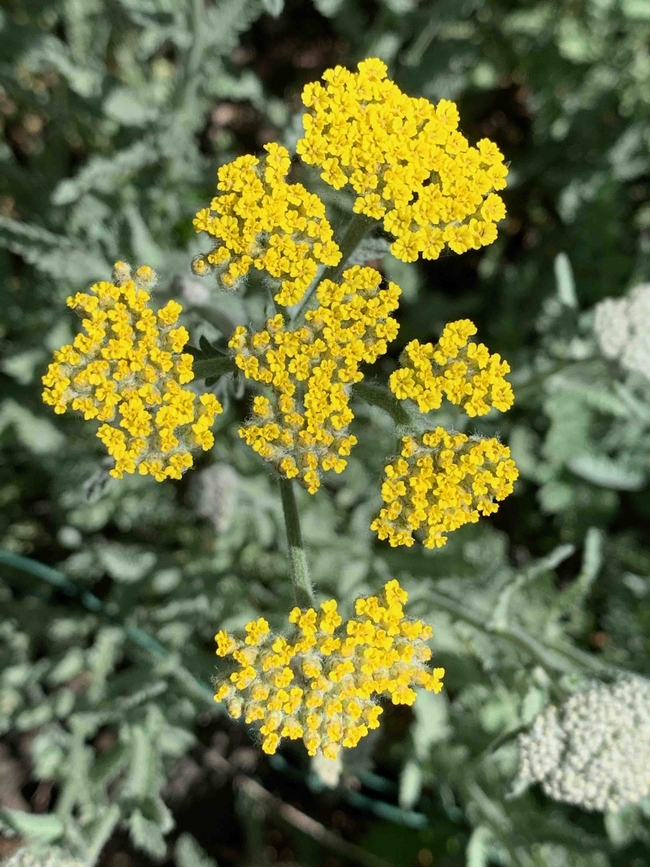
For ground cover in dry shade try Epimedium spp., which has tough leaves and star-shaped flowers and will grow in shade; mayapple (Podophyllum peltatum); and lamium (L. galeobdolon).
The availability of drought-tolerant plants may vary, so check with your local favorite nursery to see what they currently have and/or plan to stock.
New Master Gardener 2021 Workshop Series is about to begin! The Fall Series kicks off in September with brand new workshops on Drought Triage, Fall and Winter Vegetable Gardening, and Berry and Grape Care, plus workshops that have been popular in the past, including Irrigation and Maintenance, Propagation, and Garden Guide and Journaling. Workshops are free; most will be held outdoors at the Master Gardener Demonstration Garden at Patrick Ranch. Numbers of participants will be limited; Covid safety protocols will be followed. To registered (required) and for more details on the full Fall Workshop Series (including a four-parter via Zoom in October on the subject of Landscaping for a Future with Fire), visit our workshop webpage.

